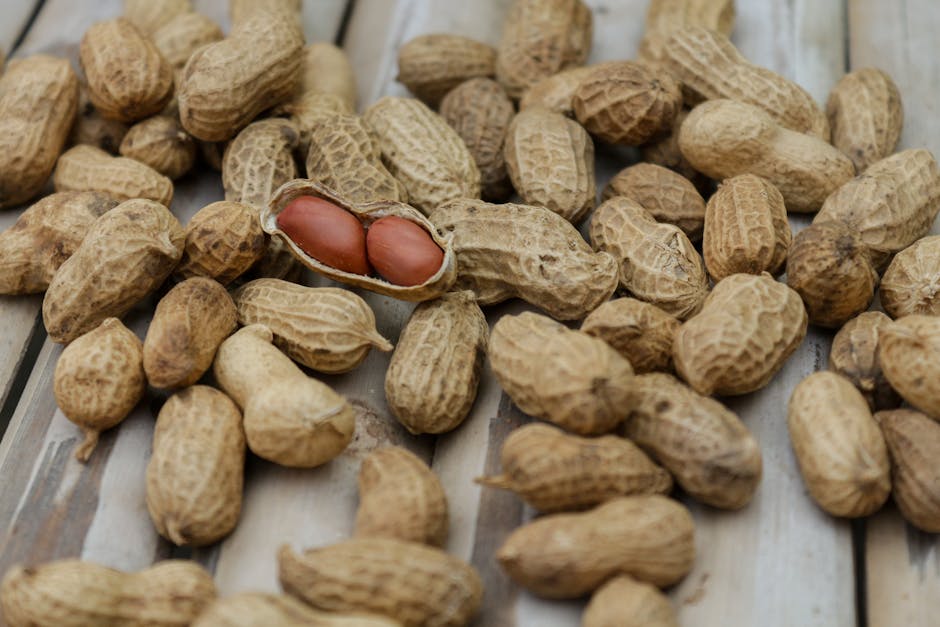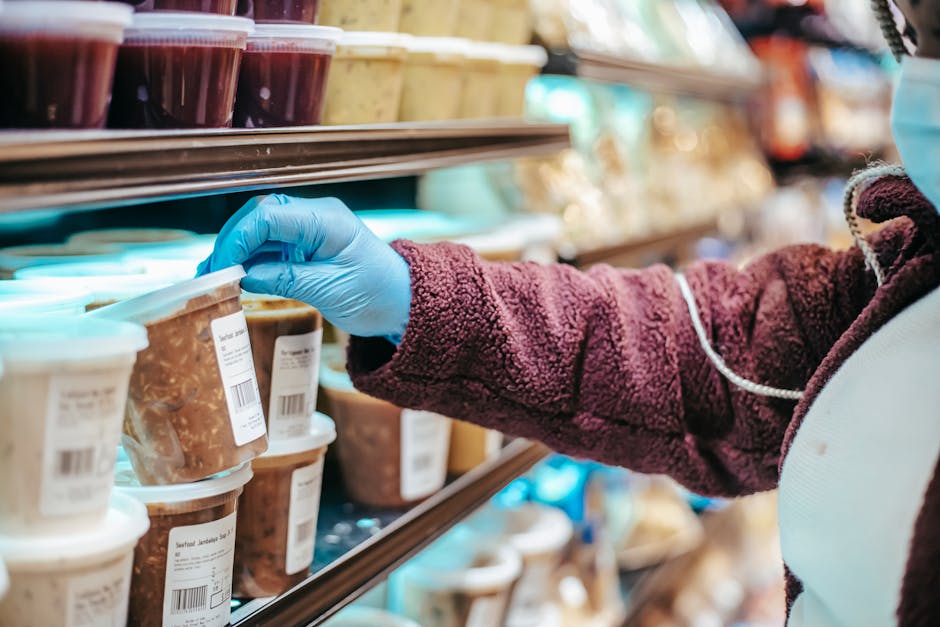Food allergies aren’t just a dietary inconvenience—they can be life-threatening. In both Canada and the U.S., food labeling laws are designed to protect people with allergies by clearly identifying the most common culprits. Whether you’re cooking at home or buying packaged foods, here’s what you need to know.
Meet the “Big 9” Allergens
These nine foods are responsible for about 90% of all serious allergic reactions in North America:
- Milk (cow’s milk)
- Eggs
- Fish (e.g., salmon, tuna)
- Crustacean shellfish (e.g., shrimp, crab, lobster)
- Tree nuts (e.g., almonds, walnuts, pecans)
- Peanuts
- Wheat
- Soybeans
- Sesame (added in 2023 under the U.S. FASTER Act)
In Canada, these are also recognized as priority allergens, with sesame added to the list in 2021.
By law, packaged foods in both countries must clearly list these allergens in plain language. Look for statements like:
- “Contains: Milk, Wheat”
- “May contain traces of peanuts”
If you’re unsure, contact the manufacturer directly.
Even trace amounts of allergens can trigger reactions. Cross-contact can happen when:
- Shared equipment isn’t cleaned properly
- Foods are processed in the same facility
- Utensils or cutting boards are reused without washing
Always read labels—even on products you’ve bought before—and clean surfaces thoroughly when preparing allergen-free meals.
Symptoms can appear within minutes or hours and may include:
- Hives, swelling, or itching
- Vomiting or diarrhea
- Trouble breathing or swallowing
- Anaphylaxis (a life-threatening reaction requiring immediate medical attention)
If someone shows signs of a severe reaction, use an epinephrine auto-injector (like an EpiPen) and call 911.
Food allergies are serious, but with awareness, label reading, and safe food handling, they’re manageable. Whether you’re a parent, chef, or food lover, knowing the Big 9 can help keep everyone safe at the table.
Resource:
Food Allergies: The “Big 9” | Food Safety and Inspection Service



